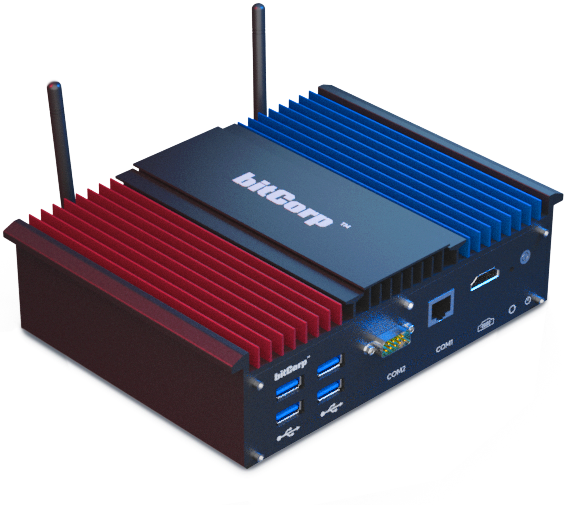A firewall acts as a digital gatekeeper for your computer or network’s security by performing the following functions:
- Traffic Monitoring: It watches incoming and outgoing data packets on the internet, similar to a security guard overseeing traffic on a busy road.
- Packet Inspection: The firewall inspects each data packet, examining its source, destination, and content.
- Rule-Based Filtering: It follows a set of rules that determine which data is allowed and what should be blocked. Trusted sources and legitimate requests are permitted.
- Conversation Tracking: Firewalls remember ongoing conversations between your computer and the internet, increasing the likelihood of allowing legitimate data.
- Suspicious Activity Blocking: If data packets don’t meet the rules or seem suspicious, the firewall blocks them to prevent harmful content like viruses or hackers from infiltrating.
- Alerts and Logging: In uncertain cases, the firewall can generate alerts or logs, allowing you or a network administrator to review and make future traffic decisions.
- Outbound Protection: It monitors data leaving your computer to prevent unauthorized information leaks, especially sensitive data.
In summary, a firewall acts as a crucial digital security measure, examining and regulating all data entering and leaving your computer or network to safeguard against potential internet threats. Firewall functionality is completely configured on ZADIG Smart service. You can use it without any additional set-up!
